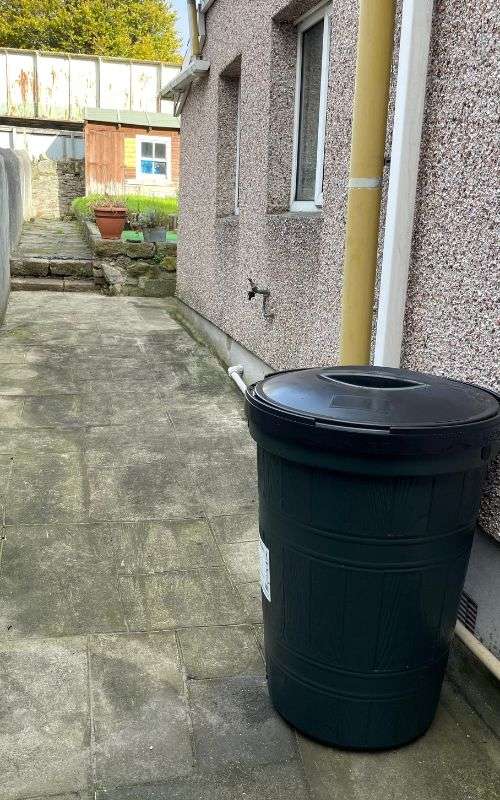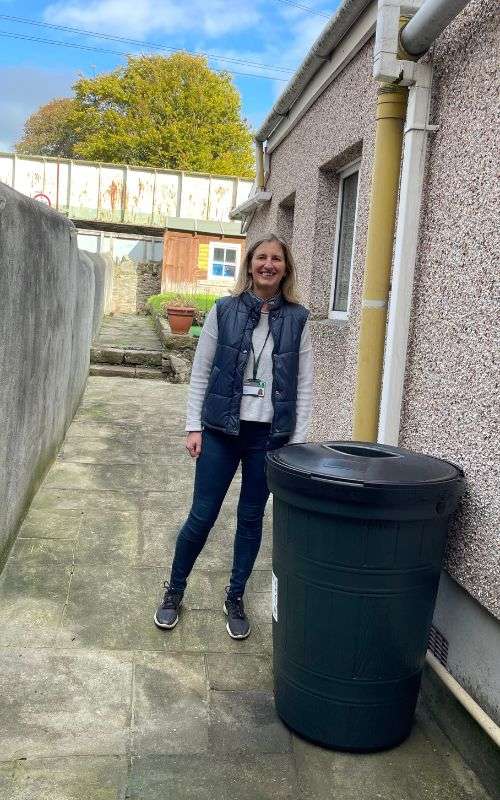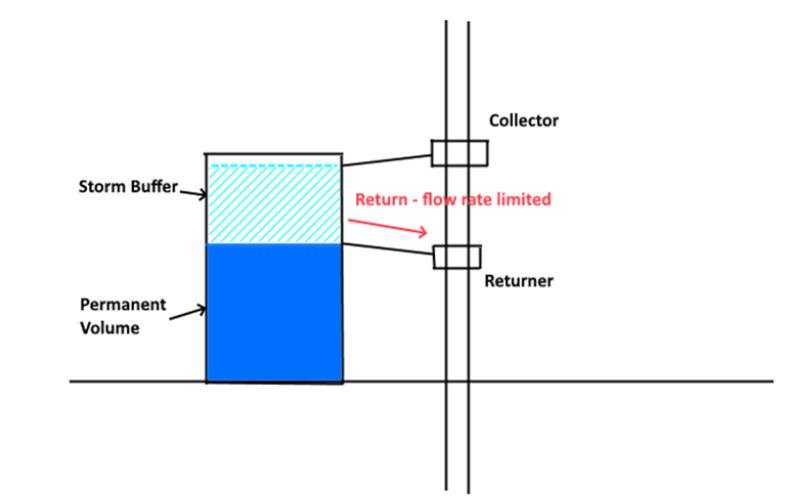The winner of our latest ‘Slow the Flow’ competition has big plans for his newly-won water butt, provided by South West Water.
Jan, who has just moved to the Lipson Vale area of Plymouth, entered the Building Resilience in Flood Disadvantaged Communities (BRIC) competition after spotting an article in the project’s local newsletter.
And his new home is in the area of the city that is the focus of BRIC’s Plymouth pilot project, designed to raise awareness of how to combat flooding naturally. BRIC has been working closely with the residents of the Lipson Vale area, particularly around Trefusis Park.
Part of the project is to boost awareness of flood risks in the local community and, if the outcome of the competition is anything to go by, the plan is certainly working.


Although Jan was already thinking of purchasing his own water butt – and would have done so if they weren’t sold out! – BRIC’s newsletter really got him thinking about how he could ‘Slow the Flow’ from his own back garden.
In a time when the region is still officially in a drought, and with a dry winter forecast, being aware of flash storms (and subsequently flash floods) is crucial.
Jan’s plan for the water butt is to create a store and slow-release water system, which slowly leaks water into the drain.
The drain in his back garden is liable to a small amount of water build-up following a downpour, but with his new idea this should be a thing of the past.
Here’s a breakdown of Jan’s ‘Slow the Flow’ idea, and how he’s going put his water butt to good use:
- Jan hopes to create an automatic storm drainage system, by sacrificing some water butt storage for a flash-storm buffer.
- His plan works by adding a water returner to the down pipe, so that the water butt will always empty to a certain level. The idea is that rain water from the roof will flow down the drain into the water butt.
- The returner has a rate limiter, so water trickles out of the water butt at a slower rate.
- In normal conditions the water butt will empty to the returner level, ensuring there is always a buffer for a flash flood and large water collection from the roof.
- With a flash downpour, the storm buffer allocation will fill first, as the storm collection rate will overwhelm the trickle rate of the returner. Thus a significant amount of water will be stored and slowly released back into the water network automatically.
- The only drawback to Jan’s plan is the sacrifice of normal water capacity of the water butt, but he can always choose where to put the returner and what level of capacity to allocate to the buffer.
- The result is essentially an automatic anti-flooding system.

Both Jan and Liza Oxford, BRIC Project Lead at Plymouth City Council, are in agreement that the Lipson valley needs to be alert to the risks of flooding.
Liza added: “The high amount of tarmac and steep sided streets means excess water can end up gathering at the bottom of the valley in the Lipson Vale. This surface water flooding can cause disruption to travel and properties.
“Water butts are a great addition to any garden to help reduce the risk of flooding. Another simple measure that can help to ‘slow the flow’ of rain water in a smaller garden is to plant trees in pots. Communities working together on small flood mitigation measures can make a difference”
Simple steps can help all of us raise awareness and reduce the likelihood of flooding in the Plymouth area and beyond.
BRIC is an Interreg France (Channel) England funded project who are supporting communities at risk of flooding to plan ahead, act quickly and recover well.